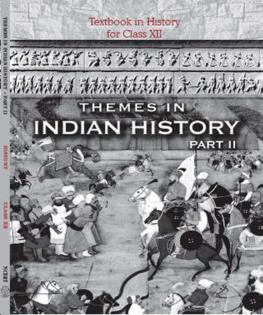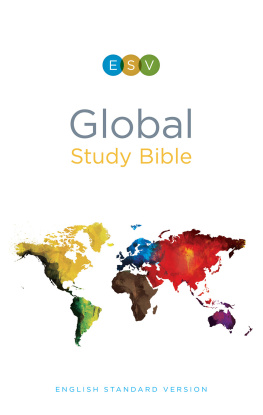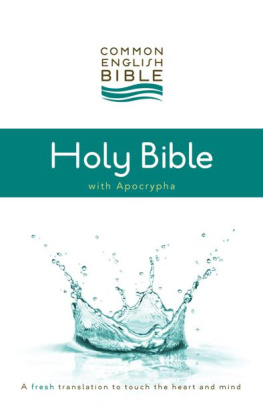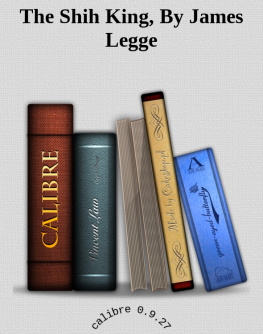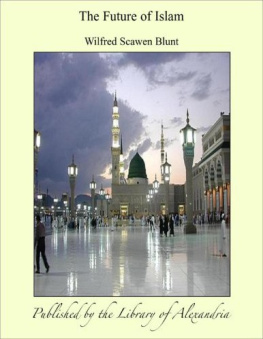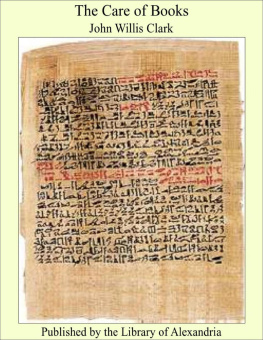Edited and annotated by Emma Helen Blair and James Alexander Robertson with historical introduction and additional notes by Edward Gaylord Bourne .
Preface
The principal topics treated in this volume (163637) are the commerce of the Philippine Islands (especially with Nueva Espaa) and the punishment inflicted by Corcuera on the Moro pirates of Mindanao. The former is fully discussed by Juan Grau y Monfalcn, procurator of Filipinas at the Spanish court; the latter is related in various documents, written mainly by participants in the Mindanao campaign. Certain minor documents relate to the administration of the islands and to the religious orders there.
A letter from Corcuera (June 30, 1636) gives a brief account of the great ecclesiastical controversy of that year; we present it here, not so much for the new information contained in it (which is not extensive) as for its being evidently the direct expression of the governors own opinions, and not (like some others of his reports) dictated more or less by other persons. Corcuera says that the friars are lawless people, and he would rather fight the Dutch in Flandes than deal with them. He asks that the king will adjust these matters, or else send another governor to the islands, so that one of them may attend to ecclesiastical affairs and the other to temporal. Part of Cerezos letter of August 10, 1634, to the king is answered by the latter (October 10, 1636) in his despatches to Corcuera; it relates to military affairsapproving Cerezos action, and giving some directions to Corcuera.
A royal decree of August 14, 1636, commands the municipality of Manila to reimburse their procurator-general, Juan Grau y Monfalcn, for the time and money that he has spent in attending to their business at the Spanish court. Another document of this sort (November 6, 1636) gives Corcuera orders regarding certain matters which his predecessor Cerezo had laid before the Spanish government. A third document (of the same date) approves the proceedings of Pedro de Heredia as governor of Terrenate, and promises renforcements for the Spanish fort there.
The noted Memorial informatorio (Madrid, 1637) of Juan Grau y Monfalcn, procurator-general for Manila and the Philippines at the Spanish court, is here presented; it concerns the important and long-debated question of the restrictions imposed on the trade of the Philippine Islands with Nueva Espaa. Certain measures have been proposed to the Spanish government which the procurator regards as dangerous to the interests of the Philippines, and he hastens to urge against these proposals numerous forcible arguments. He claims that the adoption of the former must result in the ruin of the citizens. And thus the crown must either support the entire expense of the islands, or abandon its hold on themthe former a heavy tax on its means, the latter most damaging to its power and prestige. A royal commissioner has been sent to Acapulco to investigate the revenue frauds alleged there, which greatly disturbs those who are engaged in trade, both in Nueva Espaa and in the islands. The proposal to abandon the islands has been revived; the procurator rehearses the arguments advanced for this, and vigorously attacks them, urging that the possession of Filipinas be maintained by the crown as is that of Flanders. He proceeds to represent the importance of the islands, adducing many arguments to show this: the dependence of the Malucos on Filipinas, the size and number of those islands, the greatness and importance of Manila, the mineral resources of the islands, and, above all, their commerce.
The procurator describes this commerce, both domestic and foreign. Under the former head he enumerates the chief products of the islands, the diverse peoples who inhabit them, and the number of Indians and foreigners paying tribute to the crown and to private persons. He emphasizes the importance of the central location of the islands, and the restraint and hindrance that they constitute to the schemes of the Dutch for gaining control of the Oriental trade. Considering next the foreign trade of Filipinas, he represents it as far the most valuable part of that commerce, and gives a historical sketch of Oriental trade in general, with an enumeration of the commodities and products obtained therein, and much valuable information regarding the origin, quality, and prices of many goods. He relates how the Dutch were driven from Maluco, but afterward regained much of the spice region, notwithstanding the efforts of the Philippine Spaniards to prevent this. A list of the Dutch forts and factories in the archipelago is presented. From these data the procurator draws forcible arguments for the retention and support of the Philippine colony by the crown. This is fully justified by the importance of the clove trade, which otherwise would be lost to Spain; and by that of the Chinese trade, of which Filipinas enjoys the greater part. The maintenance of the Philippines will result in preserving the missionary conquests in the Far East, securing the safety of India, depriving the Dutch of their trade, relieving the expenses needed to preserve the American Spanish colonies, and maintaining the prestige of the Spanish crown. The royal treasury alone cannot meet all the expenses of the islands, nor is it wise to allow them too much commerce with Nueva Espaa; the king is therefore advised to combine these two methods of relief. For his guidance in this matter, valuable information is submitted by the procurator, regarding the expenses of maintaining and governing the Philippines (under eight different headingscivil, religious, and militarysufficiently itemized to give a clear outline of expenditures under each, and summarized at the end), the revenues of the colonial treasury, and the real nature of the deficit therein. He claims that the islands contribute more than what they cost, since they have to bear the great expenses of maintaining and defending Maluco against the Dutch (which includes more than one-third of all the expenses of Filipinas), and aid all public needs with their time, property, and lives, as volunteersthus saving to the crown an enormous expense. The procurator asks that these services be duly rewarded by the crown, and recommends that for this purpose the magistracies in the islands be kept for rewarding such worthy citizens, and not sold, as heretofore, at auction. But chiefly he urges the importance to them of the trade with Nueva Espaa which is chiefly based on that which Manila carries on with China and India. Efforts have been made in Spain to suppress the former commerce, as being detrimental to that of Spain and the Indias. He admits that this last is decreasing, but claims that Filipinas is not responsible therefor. The causes of that decline are, rather, the greatly lessened yield of the precious metals in America, the enormous decrease of the Indian population in the colonies, the smaller consumption of goods among the Spaniards therein, and the exorbitant imposts and duties levied on the merchants. To deprive Filipinas of its commerce would be a measure both unjust and useless. The writer briefly reviews the history of that commerce, which at present is in a declining and feeble condition, owing to the many restrictions that have been laid upon it; and discusses certain misrepresentations that are current regarding supposed violations of the royal ordinances in the trade of Filipinas and Peru. Some of these acts are greatly exaggerated, and others, being inevitable in all trade, must be overlooked. Several instances are cited to show that even in Sevilla violations of the royal ordinances are taken for granted, and sometimes condoned even when discovered; and the procurator urges that the Filipinas be not more severely treated than other parts of the royal domain. He admits that their cargoes, like those from other colonies, contain some unregistered goods; but declares that the amount of this has been greatly exaggerated, for which he adduces various arguments. He also explains that the products of the islands themselves go to Nueva Espaa outside of the amount permitted, which has been incorrectly represented. He again presents for consideration the additional two per cent duty imposed on Philippine shipments, and with forcible arguments urges that it be abolished. The procurator even declares that the commerce of Filipinas pays higher duties than does any other, and that the citizens of Manila have lost in it more than they have gainedin proof of which he submits a list of shipwrecks, wars and military expeditions, insurrections, conflagrations, and other occasions of loss and damage since the foundation of Manila. He then enumerates the goods sent to Nueva Espaa from Filipinas, which are necessary to the former country for supplying the needs of its people; compares these goods with those sent from Spain; and discusses the effect of this Chinese merchandise on the Spanish silks. The memorial closes with a brief summary of the considerations and arguments therein contained, and a request for leniency in the imposition of duties on goods from Filipinas.



